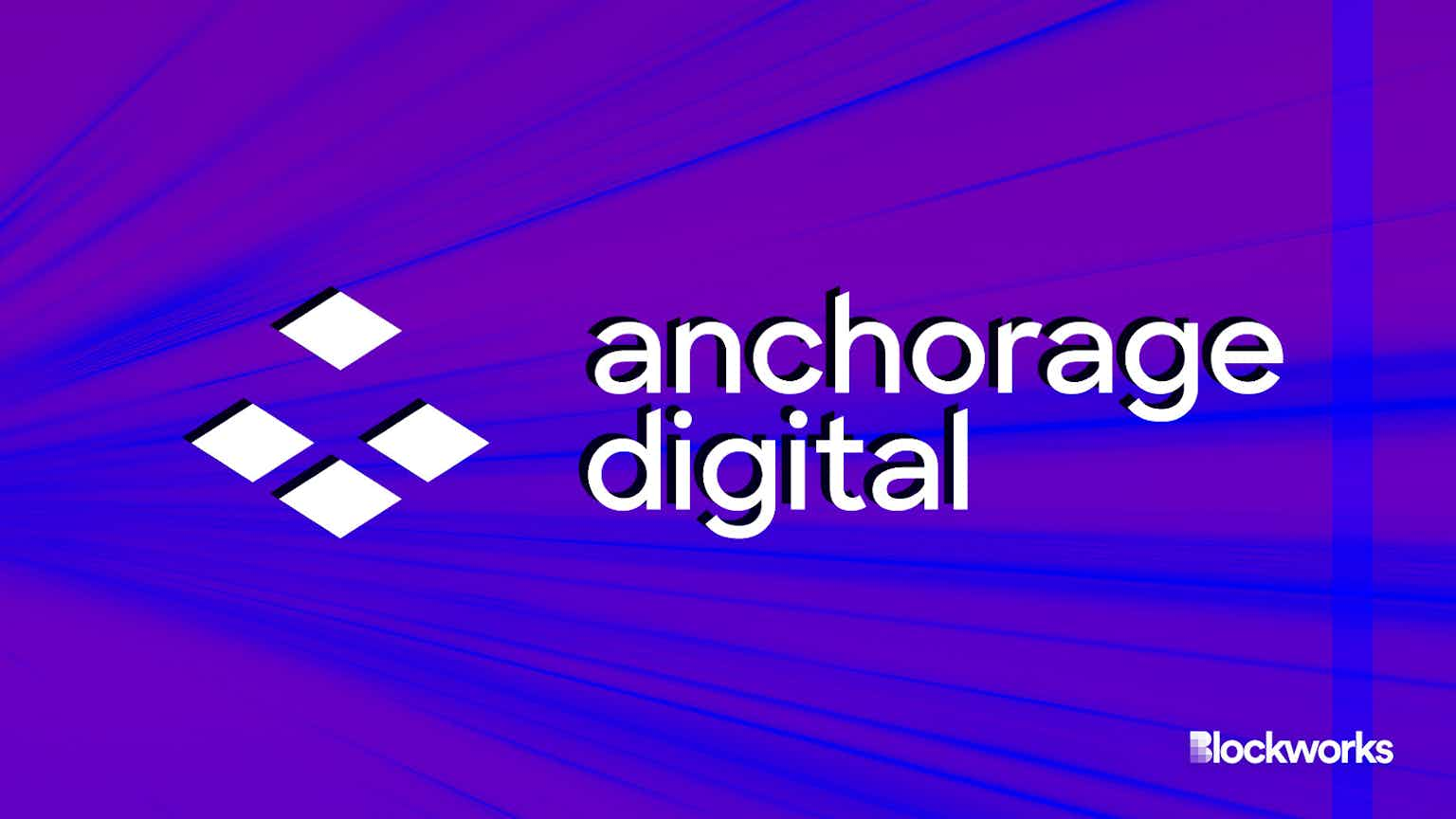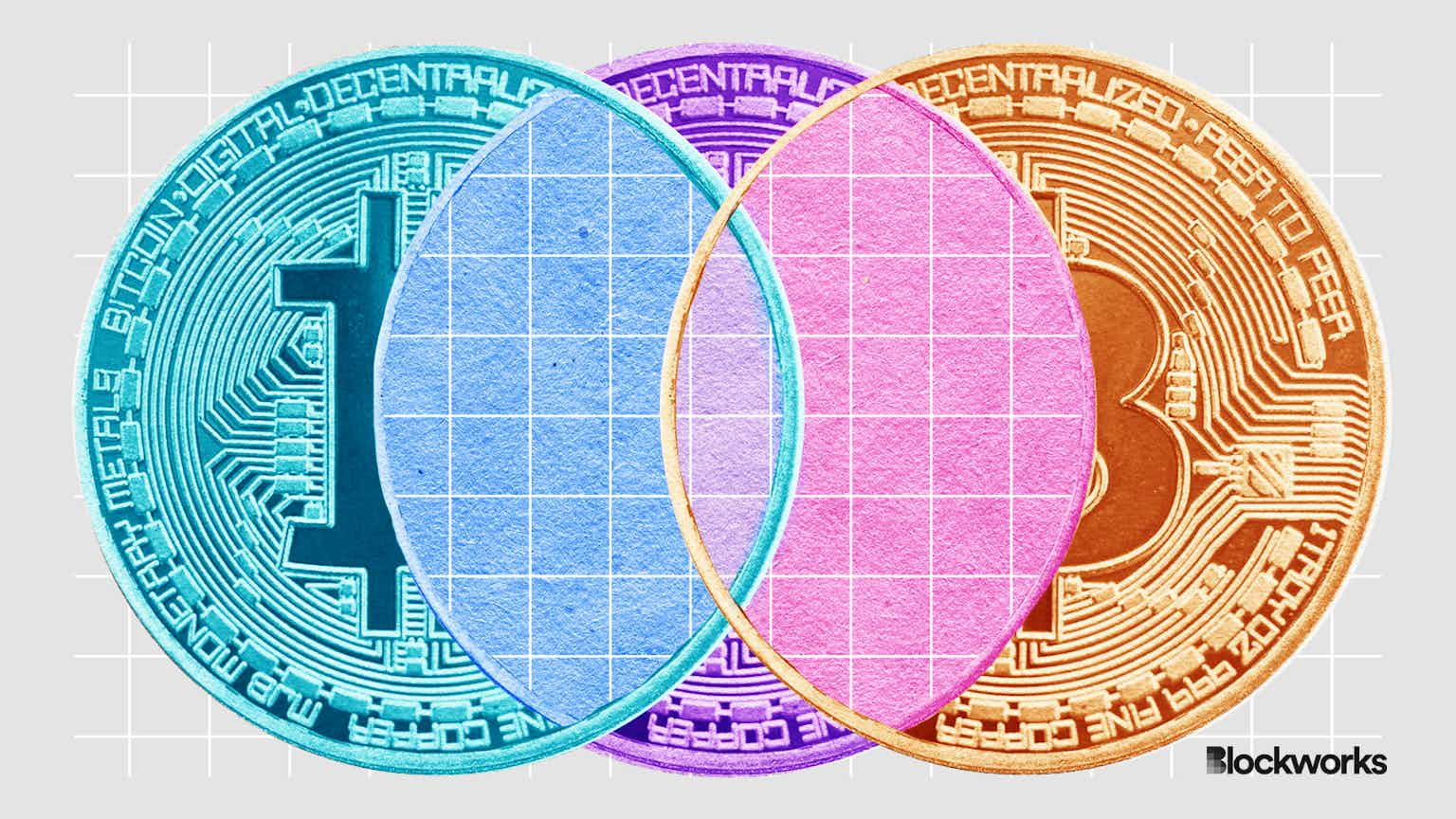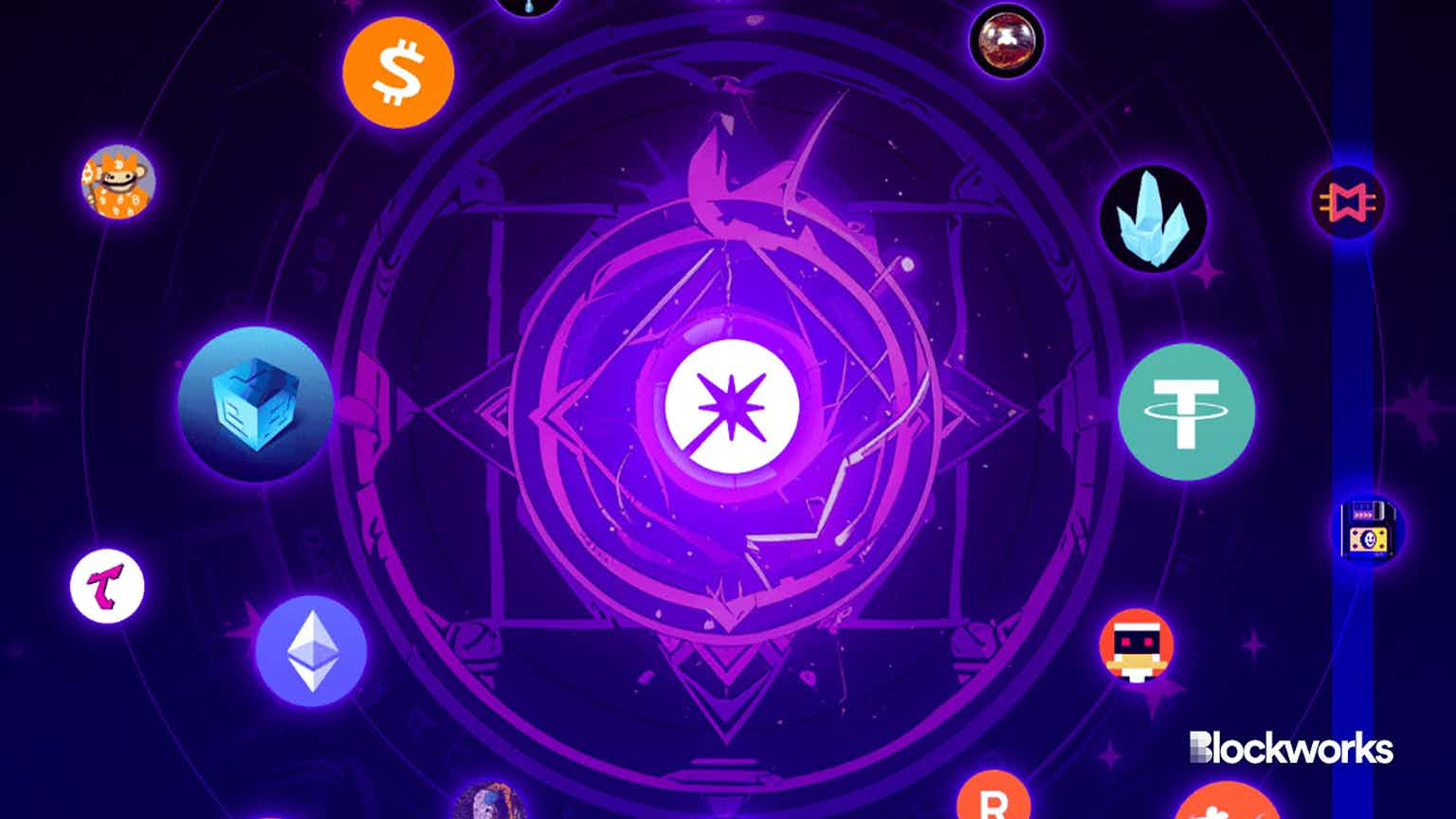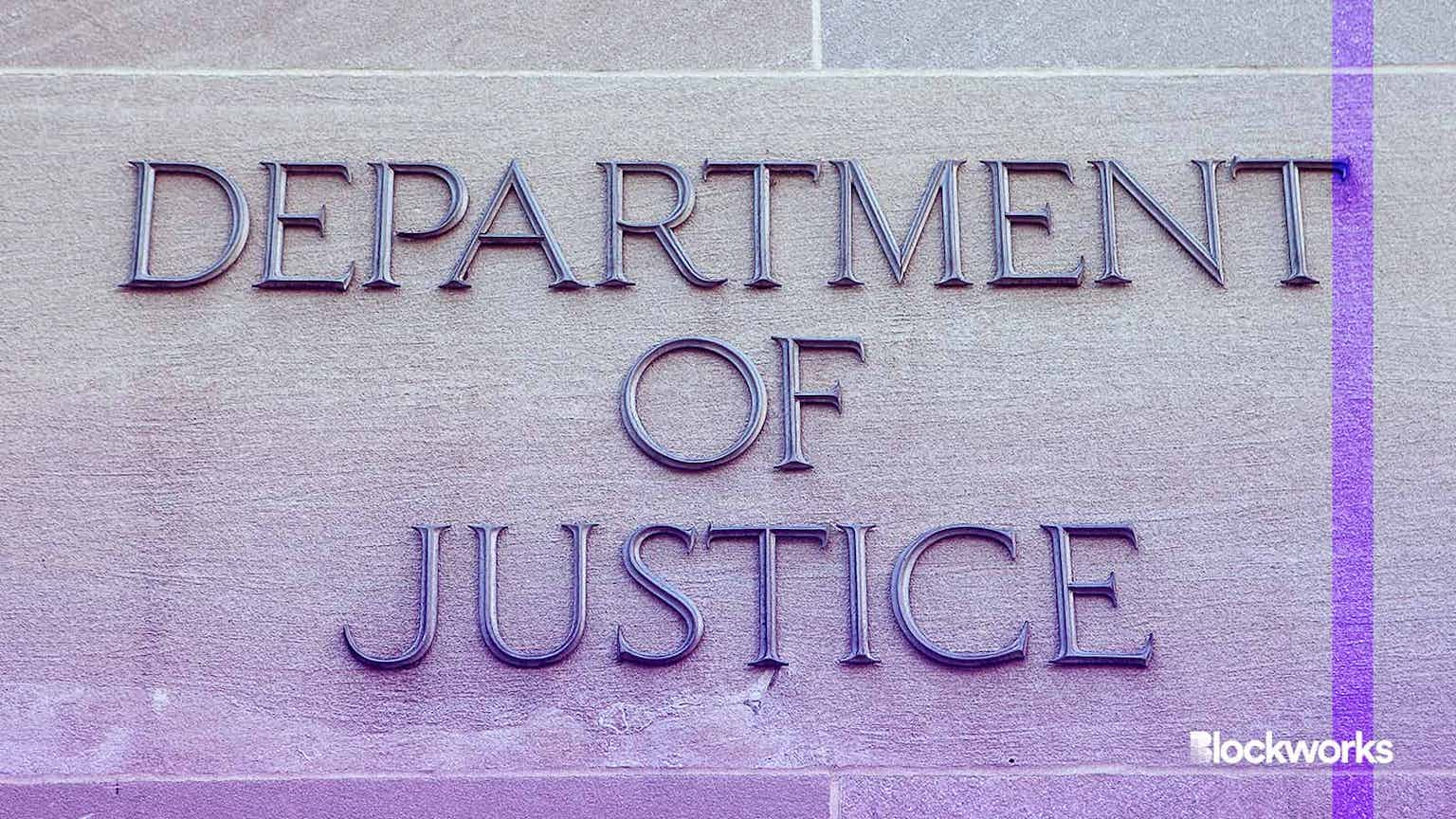Associated Press Archive Photography to be Sold via NFTs
A new marketplace running on Polygon will allow collectors to purchase items from the AP’s archives starting Jan. 31.

Blockworks exclusive art by Axel Rangel
key takeaways
- The AP says its marketplace “offers collectors the opportunity to access AP archives and collect unique NFTs — including AP’s Pulitzer Prize-winning images”
- The marketplace is being built by Xooa, a company which specializes in building white-label NFT marketplaces for brands
The development of non-fungible tokens (NFTs) has unlocked new avenues for the monetization of all sorts of media, from music, to art, to sporting events. Now the Associated Press is getting in on the action by minting a series of photos from its 175-year archive, according to a statement published late Monday.
The AP will release a series of NFT drops — three photos per week over a ten-week period — beginning on Jan. 31, via a bespoke marketplace built by Xooa, a Denver-based blockchain and low-code application development company which promotes a variety of use cases for NFTs.
“For 175 years, AP’s photographers have recorded the world’s biggest stories through gripping and poignant images that continue to resonate today,” said Dwayne Desaulniers, AP director of blockchain and data licensing, in a statement.
“As new audiences and opportunities emerge onchain and adopt the benefits of NFTs, we’re watching closely and responding in order to find the right models to present AP journalism onchain,” Desaulniers told Blockworks.
The collection is expected to feature a variety of images such as space, climate, and war and will feature the work of specific AP photographers.
“Photographers are deeply involved in the AP photography marketplace. The entire project is curated by an AP photojournalist, and we’ve asked our staff to hand-pick the works they would like to offer,” said Desaulniers.
Collectors will be able to purchase photos using both credit cards and digital asset wallets such as MetaMask, and proceeds from the NFT sales will be used to fund the not-for-profit news cooperative’s ongoing journalism operations, according to the statement.

Zach Danker-Feldman, Xooa’s head of marketplaces, elaborating on the upcoming launch, said in a statement that, for the AP marketplace, “emphasis has been placed on accessibility for all types of collectors to empower them to join a community that shares their interest in stunning photography.”
The marketplace’s FAQ cites “withdrawals to other marketplaces” — such as OpenSea — among its “features coming soon.” Krystal Delaney from Xooa told Blockworks that “in the initial period, secondary marketplaces transactions will only occur on the AP NFT marketplace.” But, she noted, “we are actively looking into supporting other marketplaces as well.”
“The initial collection will have multiple drops every other day (Monday, Wednesday and Friday) at different price point, each drops over a period of few months. As we get closer to launch date, the initial drops schedule will be shared with the community,” Delaney said.
The AP marketplace will store images on-chain via IPFS, and operate on the Polygon’s Ethereum-adjacent proof-of-stake (PoS) commit chain, which the AP touts as an “environmentally friendly Ethereum-compatible layer two solution.”
However, Ethereum layer-2 is generally defined as a scaling solution which inherits Ethereum’s security guarantees. The Polygon PoS chain — which is based on Cosmos’ Tendermint consensus — maintains its own validator set for security, and assets are locked in an upgradeable smart contract secured by a 5 of 8 multi-signature wallet. The network does checkpoint its state to Ethereum mainnet, which contributes to its security, but that means it will continue to rely on Ethereum’s electricity-burning proof-of-work mining system until the transition to proof-of-stake occurs later this year. This process would occur regardless of the specific activity on Polygon, so AP’s NFTs will not directly contribute to energy usage by Ethereum miners.
Polygon is also developing a variety of rollup-based layer-2 options using zero-knowledge proofs, but none of those is yet operational.
This story was updated on Jan. 11, at 11:25 am ET, with comments from Xooa.
This story was updated on Jan. 11, at 11:58 am ET, with comments from the AP.
Get the day’s top crypto news and insights delivered to your inbox every evening. Subscribe to Blockworks’ free newsletter now.





